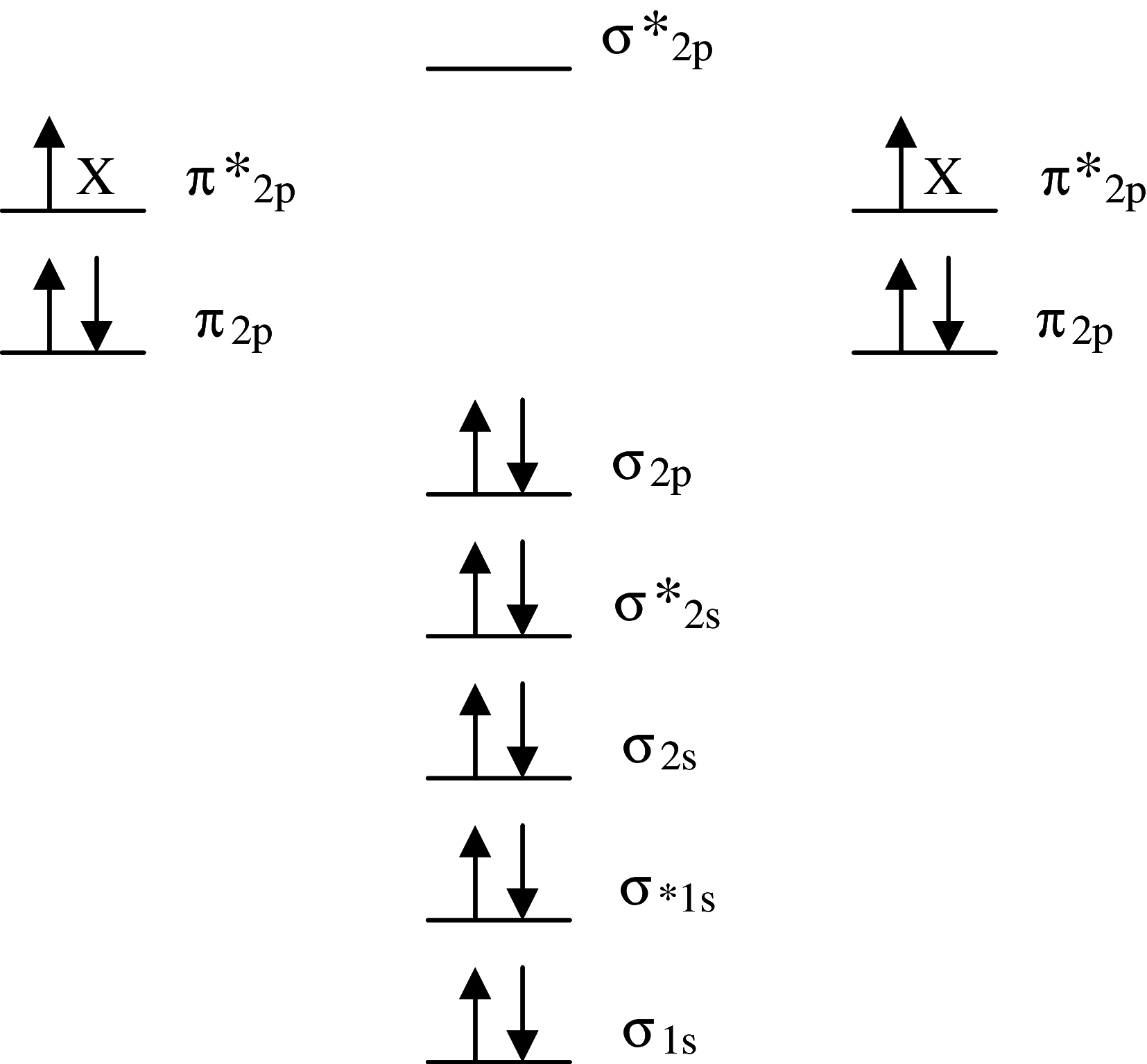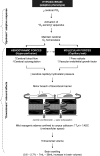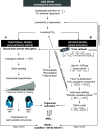Emerging concepts in acute mountain sickness and high-altitude cerebral edema: from the molecular to the morphological
- PMID: 19763397
- PMCID: PMC3085779
- DOI: 10.1007/s00018-009-0145-9
Emerging concepts in acute mountain sickness and high-altitude cerebral edema: from the molecular to the morphological
Abstract
Acute mountain sickness (AMS) is a neurological disorder that typically affects mountaineers who ascend to high altitude. The symptoms have traditionally been ascribed to intracranial hypertension caused by extracellular vasogenic edematous brain swelling subsequent to mechanical disruption of the blood-brain barrier in hypoxia. However, recent diffusion-weighted magnetic resonance imaging studies have identified mild astrocytic swelling caused by a net redistribution of fluid from the "hypoxia-primed" extracellular space to the intracellular space without any evidence for further barrier disruption or additional increment in brain edema, swelling or pressure. These findings and the observation of minor vasogenic edema present in individuals with and without AMS suggest that the symptoms are not explained by cerebral edema. This has led to a re-evaluation of the relevant pathogenic events with a specific focus on free radicals and their interaction with the trigeminovascular system.
Figures








Similar articles
-
Magnetic resonance imaging evidence of cytotoxic cerebral edema in acute mountain sickness.J Cereb Blood Flow Metab. 2007 May;27(5):1064-71. doi: 10.1038/sj.jcbfm.9600404. Epub 2006 Oct 4. J Cereb Blood Flow Metab. 2007. PMID: 17024110
-
High altitude cerebral edema and acute mountain sickness. A pathophysiology update.Adv Exp Med Biol. 1999;474:23-45. doi: 10.1007/978-1-4615-4711-2_2. Adv Exp Med Biol. 1999. PMID: 10634991 Review.
-
High-altitude cerebral edema: its own entity or end-stage acute mountain sickness?J Appl Physiol (1985). 2021 Jul 1;131(1):313-325. doi: 10.1152/japplphysiol.00861.2019. Epub 2021 Apr 15. J Appl Physiol (1985). 2021. PMID: 33856254 Review.
-
The cerebral etiology of high-altitude cerebral edema and acute mountain sickness.Wilderness Environ Med. 1999 Summer;10(2):97-109. doi: 10.1580/1080-6032(1999)010[0097:tceoha]2.3.co;2. Wilderness Environ Med. 1999. PMID: 10442158 Review.
-
Hypoxia-induced acute mountain sickness is associated with intracellular cerebral edema: a 3 T magnetic resonance imaging study.J Cereb Blood Flow Metab. 2008 Jan;28(1):198-206. doi: 10.1038/sj.jcbfm.9600513. Epub 2007 May 23. J Cereb Blood Flow Metab. 2008. PMID: 17519973
Cited by
-
Investigation of whole-brain white matter identifies altered water mobility in the pathogenesis of high-altitude headache.J Cereb Blood Flow Metab. 2013 Aug;33(8):1286-94. doi: 10.1038/jcbfm.2013.83. Epub 2013 Jun 5. J Cereb Blood Flow Metab. 2013. PMID: 23736642 Free PMC article.
-
Comparative microRNA Transcriptomes in Domestic Goats Reveal Acclimatization to High Altitude.Front Genet. 2020 Jul 31;11:809. doi: 10.3389/fgene.2020.00809. eCollection 2020. Front Genet. 2020. PMID: 32849809 Free PMC article.
-
Effects of acetazolamide and dexamethasone on cerebral hemodynamics in hypoxia.J Appl Physiol (1985). 2011 May;110(5):1219-25. doi: 10.1152/japplphysiol.01393.2010. Epub 2011 Mar 10. J Appl Physiol (1985). 2011. PMID: 21393464 Free PMC article. Clinical Trial.
-
MtDNA haplogroups M7 and B in southwestern Han Chinese at risk for acute mountain sickness.Mitochondrion. 2011 Jul;11(4):553-8. doi: 10.1016/j.mito.2011.02.003. Epub 2011 Mar 6. Mitochondrion. 2011. PMID: 21385625 Free PMC article.
-
Longitudinal brain structural alterations and systemic inflammation in obstructive sleep apnea before and after surgical treatment.J Transl Med. 2016 May 17;14(1):139. doi: 10.1186/s12967-016-0887-8. J Transl Med. 2016. PMID: 27188598 Free PMC article.
References
-
- Roach RC, Hackett PH. Frontiers of hypoxia research: acute mountain sickness. J Exp Biol. 2001;204:3161–3170. - PubMed
Publication types
MeSH terms
Substances
LinkOut - more resources
Full Text Sources

